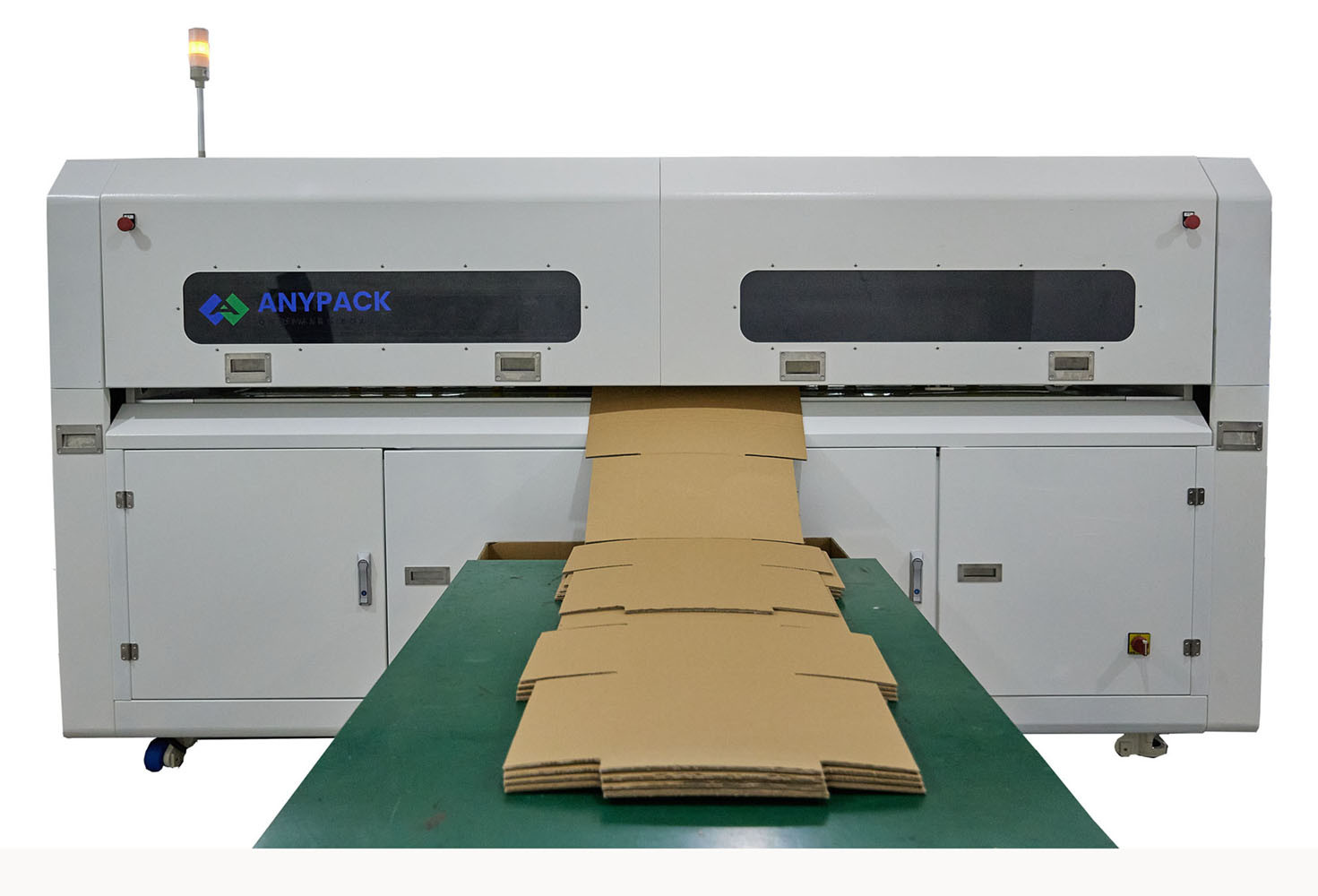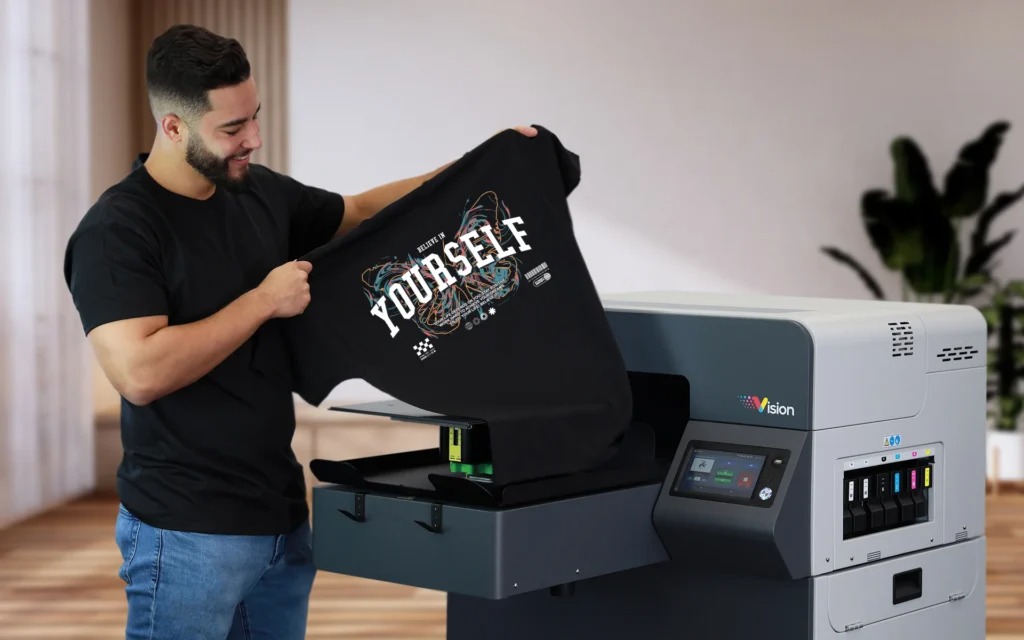In the world of packaging, corrugated boxes stand out as versatile, durable, and eco-friendly solutions. Behind the scenes, there’s a fascinating art to crafting these boxes that goes beyond their seemingly simple appearance. From raw materials to design considerations, manufacturing processes, and sustainability aspects, this comprehensive guide will delve into the intricate details of the art of Corrugated Box Making Machine.
Understanding Corrugated Board:
Corrugated boxes are made from corrugated board, a material composed of three layers – two flat sheets, or liners, and a wavy inner layer called the corrugated medium. This unique structure imparts strength and resilience to the boxes, making them ideal for protecting a wide range of products during transportation and storage.
Raw Materials:
- Liners: The outer layers of corrugated board are usually crafted from paper. Kraft paper, made from virgin wood pulp, is a popular choice due to its strength and durability. Recycled paper liners are also common, aligning with the growing emphasis on sustainability.
- Corrugated Medium: The inner layer, or corrugated medium, is typically made from recycled paper. The wavy structure of this layer provides strength and rigidity to the overall board.
Manufacturing Process:
- Corrugating: The corrugated medium is passed through corrugating rolls, which give it its characteristic wavy shape. This process is crucial for creating the strength and flexibility needed in corrugated boxes.
- Gluing: The corrugated medium is then sandwiched between the flat liners using adhesive. This bonding process is critical for the structural integrity of the corrugated board.
- Cutting and Creasing: Once the corrugated board is formed, it is cut and creased into the desired box shape. Precision in cutting and creasing is essential for creating boxes that fold and assemble seamlessly.
Design Considerations:
- Box Style: There are various box styles to choose from, each serving different purposes. Common styles include regular slotted containers (RSC), half-slotted containers (HSC), and die-cut boxes.
- Printing and Branding: Corrugated boxes offer ample opportunities for customization. Printing logos, product information, and vibrant designs not only enhance brand visibility but also contribute to a positive unboxing experience for customers.
Sustainability:
Corrugated boxes have gained popularity for their eco-friendly characteristics. Many manufacturers use recycled materials, and corrugated boxes are easily recyclable. Additionally, they are lightweight, reducing the carbon footprint during transportation.
Conclusion:
The art of crafting corrugated boxes is a blend of science, creativity, and sustainability. From the choice of raw materials to the intricacies of the manufacturing process and design considerations, each step plays a crucial role in producing these ubiquitous yet essential packaging solutions.



